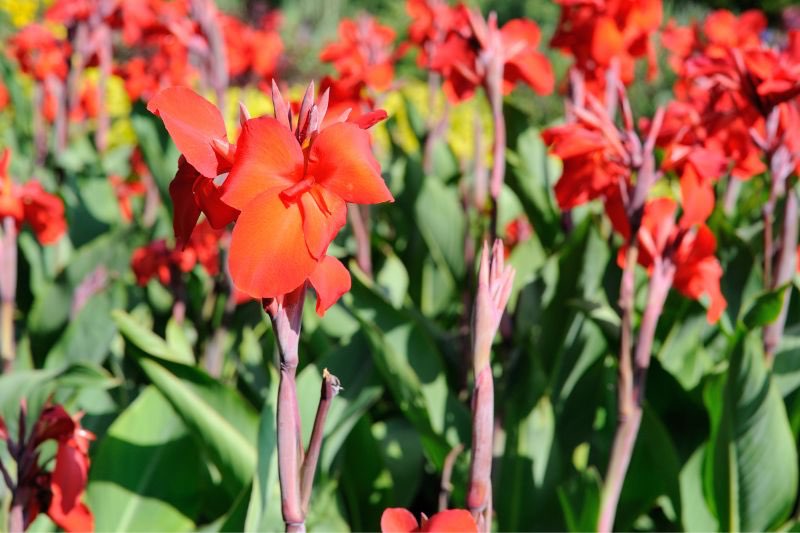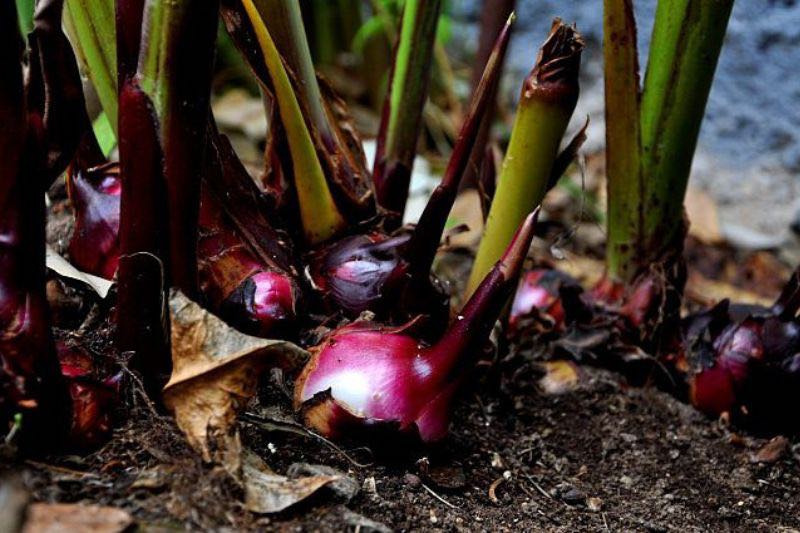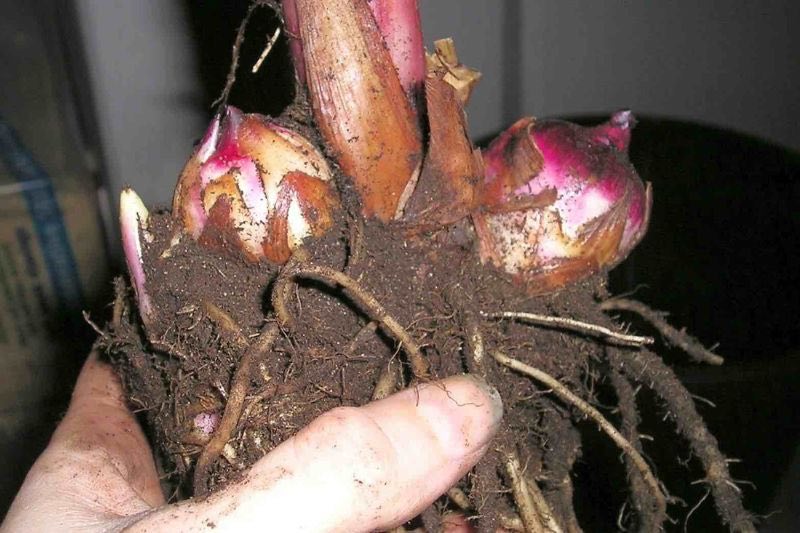Cannas are magnificent plants that bring an exotic touch to any garden. These robust, tropical-looking plants, with their large leaves and striking flowers, are a delight to the eye throughout summer and into autumn. But did you know they can be multiplied easily?
In this tutorial, we will show you, step by step, how to multiply your Cannas by division of rootstocks, a simple and effective method. So, prepare gardening tools, put on gardening gloves, and let's go!

What is the best method to multiply Cannas?
Cannas are generally multiplied by division of rootstocks, which is the most common and effective method. However, they can also be raised from seeds. Sowing is more complicated, as seeds take time to germinate and need plenty of heat. Moreover, seedlings may not be true to the parent plant and you will have to wait several seasons to see the flowers. In short: favour division of rootstocks!
When is the best time to divide?
The best time to multiply Cannas by division is generally at the end of the flowering season, in autumn or early winter. This is when leaves begin to yellow and die back, which is a good sign that it is the right time to divide the rootstocks.
In autumn, plants begin to enter dormancy for winter, meaning growth slows and they are less likely to be stressed by the division process. In addition, this gives new plants more time to establish new roots before the start of the next growing season in spring.
Once you have divided the rootstocks, you can plant them directly in soil if you live in an area where soil does not freeze in winter. Otherwise, it may be preferable to plant them in pots and keep them indoors or in a sheltered place until spring, when frost risk has passed.

Multiplying by division of rootstocks
Multiplying Cannas is a relatively simple process and is generally done by division of rootstocks (the thick underground stems from which shoots and leaves emerge). Here is how you can do it:
- Lift the Cannas: Wait until the end of the flowering season, usually in autumn, when leaves begin to yellow and die back. At that time, gently dig up the rootstocks with a garden fork, taking care not to damage them. Lift them from the soil and shake gently to remove excess soil.
- Clean the rootstocks: Rinse the rootstocks with water to remove any remaining soil and leave them to air-dry for a few days.
- Dividing the rootstocks: Once dry, cut the rootstocks into smaller sections with a sharp knife. Make sure each section has at least one "eye" or growth bud — this is where the new plant will grow from.
- Planting: Plant the new rootstocks in pots filled with a mix of potting compost and compost. The eye should be facing upwards. Cover with soil, leaving the eye slightly exposed. Water generously.
- Care: Place pots in a well-lit spot and keep soil moist but not waterlogged. New plants should begin to grow in spring.
- Transplanting: Once new plants are well established and frost risk has passed, transplant them into your garden. Make sure to plant them far enough apart so they have room to grow.
Please note: Remember that aftercare following planting is also essential. Make sure you have access to water your Cannas, and if possible place pots where they will receive plenty of light but be protected from frost if you plant them in autumn or winter.

Equipment needed to divide Cannas
- A spade or a spade fork : for digging up Canna rootstocks. A spade fork is preferable, as it is less likely to cut or damage the rootstocks during digging.
- A sharp knife or a saw : you will need this to divide the rootstocks into sections. Ensure the tool is clean to avoid infection.
- Pots : pots are needed to plant the divided rootstocks. They should have drainage holes to avoid waterlogging. Prefer terracotta pots, more durable and allowing gas exchange and some permeability.
- Potting compost and compost : a mix of these two materials is generally best for planting rootstocks. Compost will help feed new plants while potting compost will provide a growth medium.
- A hose or a watering can : for watering new plants after planting and throughout their growth.
- Gardening gloves : not strictly necessary, but they can help protect hands during the process.
































Comments